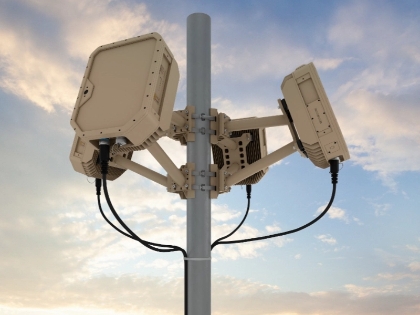Affecting millions of individuals worldwide, foot pain can be a crippling ailment that influences everyday activities and general quality of life. Massage treatment is a natural, efficient remedy, nonetheless, that does not call for drugs or intrusive surgery. This all-inclusive guide looks at how massage can give techniques, tips, and insights to help you wave goodbye to suffering and welcome better, happier feet from many kinds of foot problems. This article will provide you the knowledge to naturally take charge of your foot health from knowing the anatomy of the foot to learning particular massage techniques.
1. Understanding Foot Anatomy and Common Pain Points

Advertisement
Massage can help foot discomfort if one has a basic knowledge of foot anatomy and the most often occurring sites of pain. Comprising 26 bones, 33 joints, and over 100 muscles, tendons, and ligaments, the human foot is a complicated construction. Together, this complex network helps our body weight, absorbs trauma, and promotes movement. Common complaints include the heel (frequently linked with plantar fasciitis), the arch (which can suffer from tension or collapse), the ball of the foot (prone to metatarsalgia), and the toes (sensitive to disorders like bunions or hammertoes). Knowing these locations lets one more precisely target massage techniques. For example, when inflamed the plantar fascia, a thick band of tissue running along the bottom of the foot, causes regular pain. Understanding this helps one to pay concentrated attention during massage treatments. Furthermore, the interdependence of foot structures implies that massaging apparently unconnected areas of the foot can often relieve pain in one location, therefore stressing the need of a comprehensive approach to foot massage treatment.
2. The Science Behind Massage for Foot Pain Relief

Massage therapy for foot pain reduction is supported by scientific ideas and studies, not only a feel-good treatment. Massage increases blood circulation when given to the feet; this is absolutely essential for healing and pain relief. More oxygen and nutrients improved blood flow brings to weary or wounded tissues assist to heal damage and lower inflammation. Moreover, massage releases endorphins, the body's own pain-killers, therefore acting as a natural analgesic. Regular foot massages have been found to greatly lessen discomfort related to disorders such peripheral neuropathy and plantar fasciitis. Massage's mechanical action also helps muscles and the fascia break free from adhesions, therefore increasing flexibility and lowering stiffness. Conditions like plantar fasciitis, where the fascia gets tight and irritated, benefit especially from this. Massage also helps the lymphatic system to eliminate toxins and lessens foot edoema. Understanding these scientific ideas helps one to realise why massage is such a useful tool for reducing foot pain and enhancing general foot condition.










